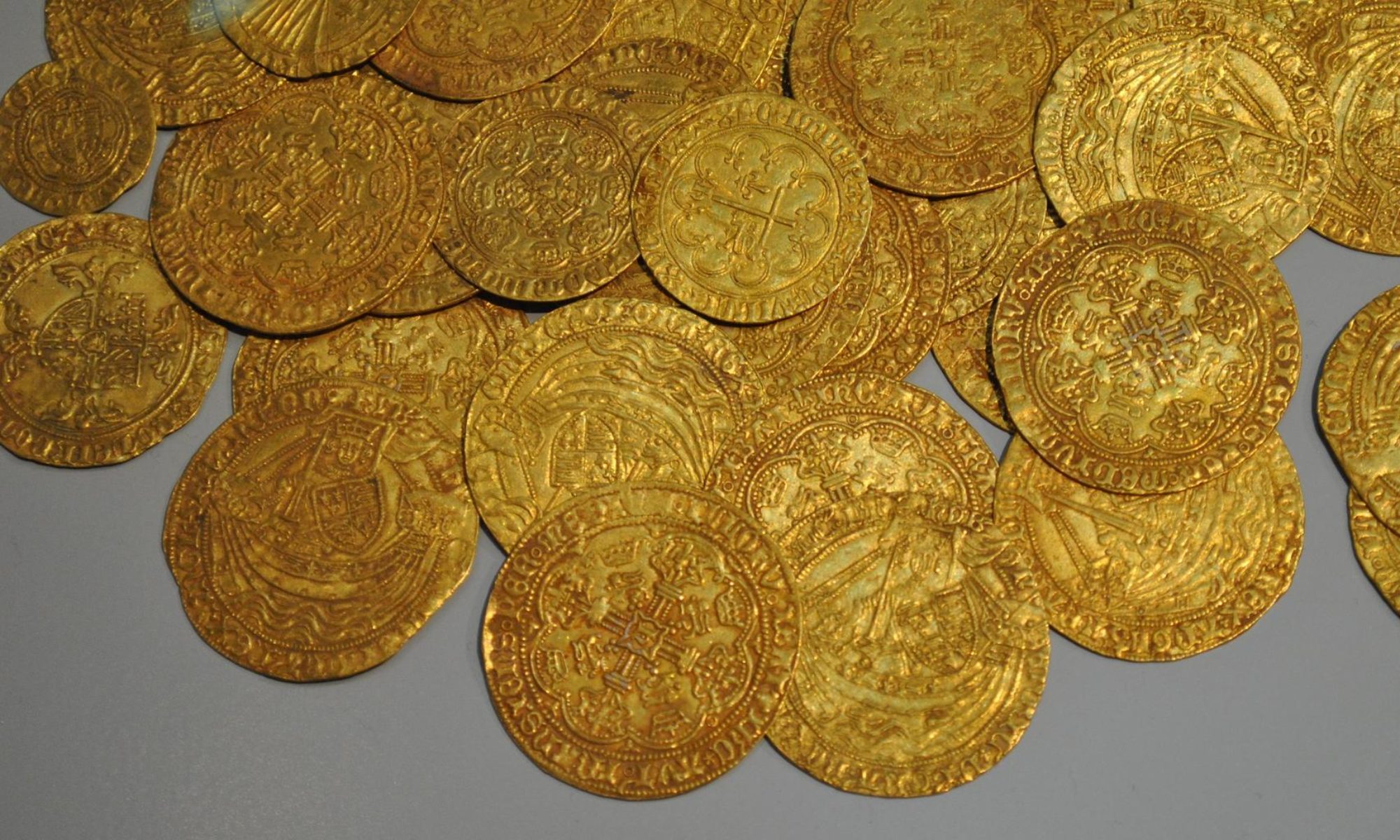
Stepping slightly outside of the world of precious metals, and yet this here allows investment in countries that are some of the world’s biggest producers of Gold, Silver and Platinum, I’d now like to introduce you to Barings Emerging Europe, Middle east and Africa.
This trust has suffered majorly since early 2022, but having a large proportion of it’s holdings in Russia (about one-third at that time), but credit where credit is due, the managers cleverly rebranded the fund from it’s Eastern European remit in 2021, switching a large proportion of the portfolio from Russia and Eastern Europe to Saudia Arabia, United Arab Emirates and South Africa. All current and future BRICS members, with huge potential for future growth, also due to their relatively young populations, access to natural resources and economic links outside of the West.
Right now, the portfolio seems to be split between Saudi Arabia and the UAE (about 40%), South Africa (about 25%), then a whole host of Eastern European countries and Turkey making up the remainder. The trust is also on an 18% discount at time of writing. But wait, what about Russia, where did that portfolio go? Actually, it’s still there and still held and best of all, they occasionally get to sell out and remit the proceeds back (what happened to those super strict sanctions, the ones that for some reason didn’t even include natural gas?). Furthermore, that Russian portion of the portfolio is officially valued at ZERO, as far as I can tell. Yes, exposure to companies like Lukoil, Gazprom and Sberbank is probably still in there somewhere at an official value of zero, despite those companies still generating big profits. By my approximation, if the russian assets were still valued at their pre-2021 value, it boosts the NAV (Net asset Value) to about 850p a share and puts the trust on a 50% discount.
This valuation, of course, says nothing about the dividends that have been received since 2021, nor does it take account of the Ruble performance and Russia’s increased GDP since 2021, so who knows what it’s really worth? Then, we need to consider that officially the Russian portion of the portfolio is valued at zero because it’s unsaleable. Rightly or wrongly, there are no buyers, so you are stuck with it until something happens. However, look at history and at some point peace happens and world economic parity is restored. Especially given Russia’s immense resources, this will happen at some point.
As background, look further at the commodity producing potential of these countries. Russia and South Africa dominate 70% of the world Platinum market, both are big Gold producers and the middle east is a gigantic oil-producing part of the world. Even Poland is a top-10 world Silver producer (who even knew, eh?).
Essentially, to me, this trust represents good value and already looks bombed out, although even if something is cheap it can always get cheaper, even if the long-term trajectory goes upwards. Please do your own research before making any investment decisions. Let’s see if 2025 proves me right.
